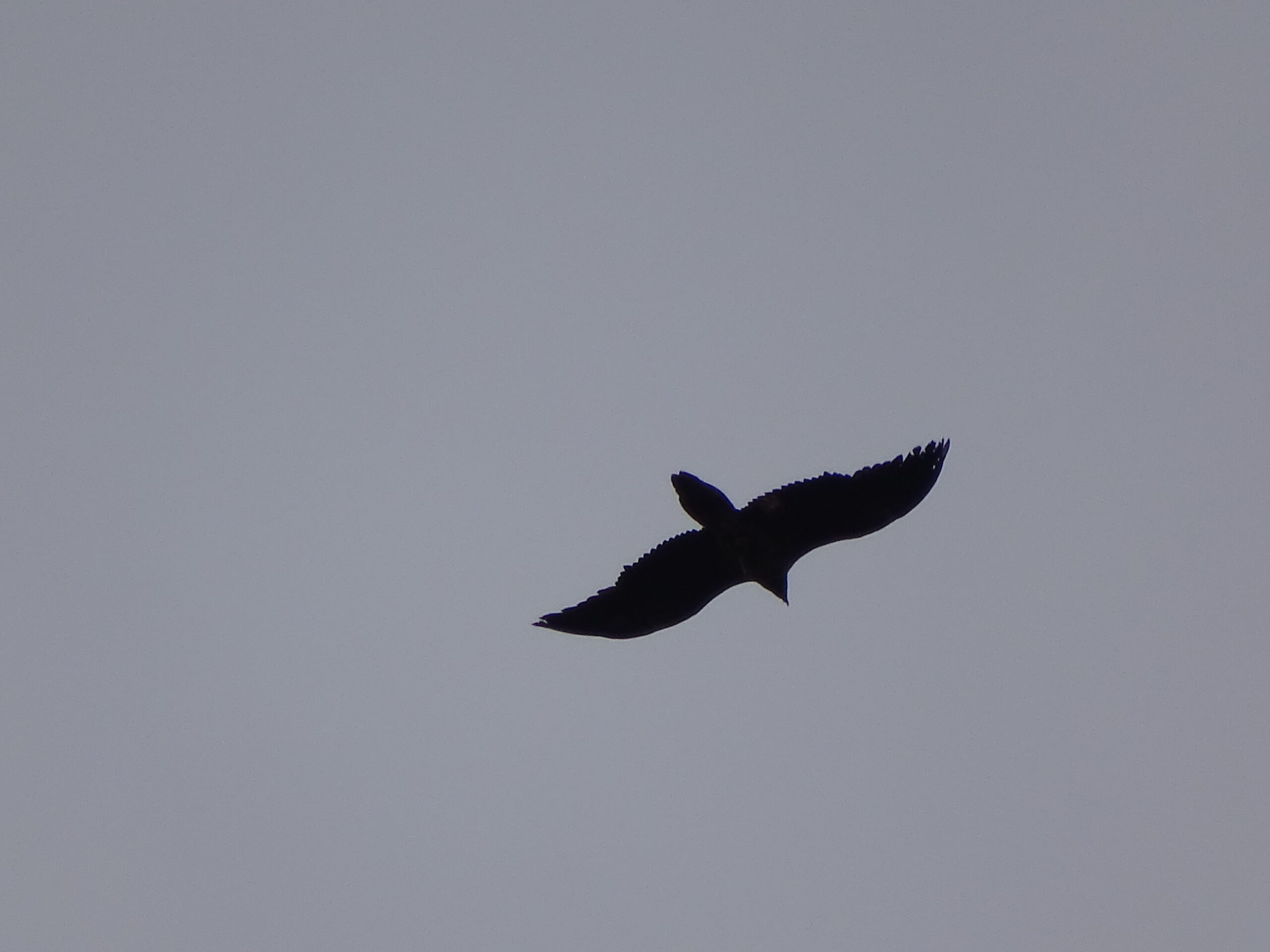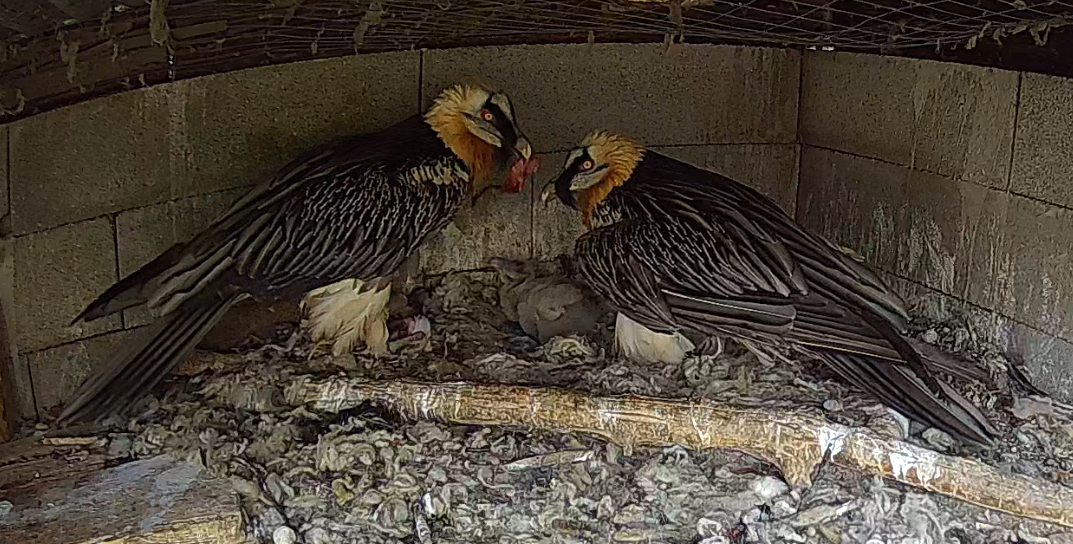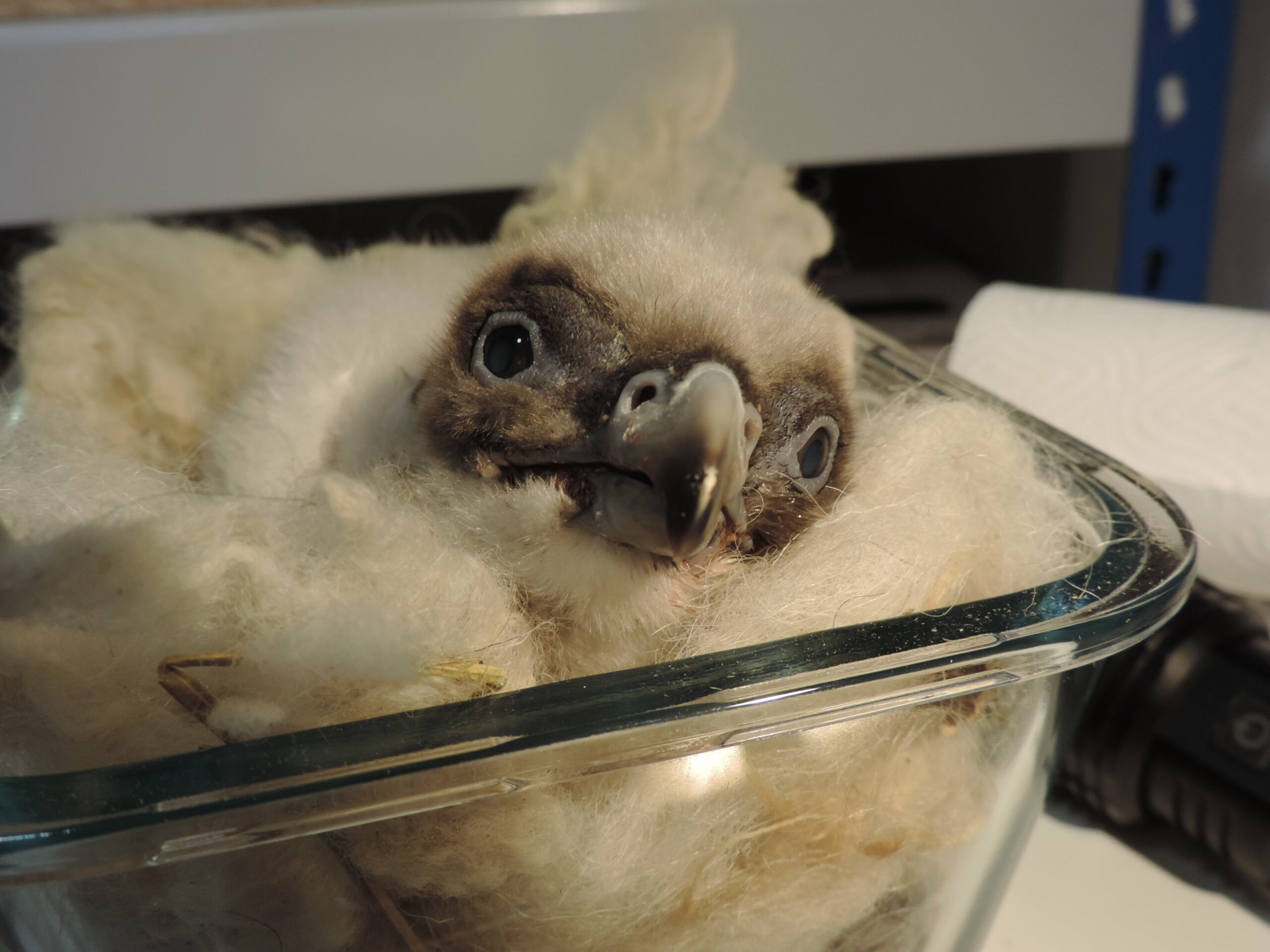
Bearded vultures in South Africa are in dire straits – monitoring of the population there confirmed that the species has suffered a significantly decline over the past five decades, of between 32% and 51% – from 190 breeding territories to 109 (Krüger et al. 2013).
This dramatic decline led conservationists in South Africa to plan additional measures to conserve this critically endangered population, including the creating of an ex situ (captive) genetic reserve and a captive breeding programme that could be used for restocking purposes.
As bearded vulture chicks show the special behavior of cainism, where only the first chick survives in double clutches, a protocol was developed to extract the second egg from some nests to try to establish a captive breeding stock. In 2015 two eggs from two different nest sites were extracted, and raised. Together with the only adult in captivity – a confiscated bird, they have established the first nucleus of a future captive breeding programme.
In 2016, no clutches could be removed from the wild, but our South African colleagues are now establishing the terms of reference and guidelines for the establishment of a captive breeding programme. Consequently, it was decided to create a Steering Committee to supervise and support and advise the captive-breeding programme.
In early April, a number of experts and conservation managers met at the African bird of Prey Sanctuary in South Africa with the VCF to draft the Terms of Reference of this steering committee. The VCF has been invited to become a member, because of our experience on captive breeding and the reintroducing of this species in the wild in Europe.



